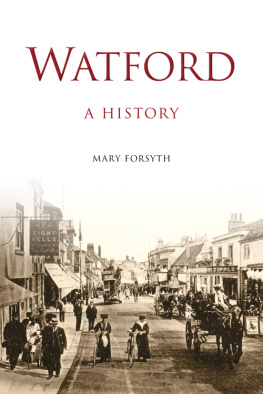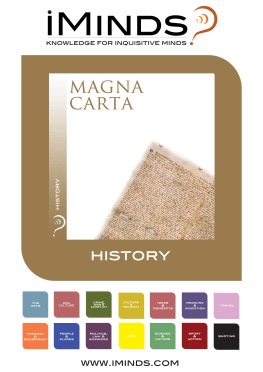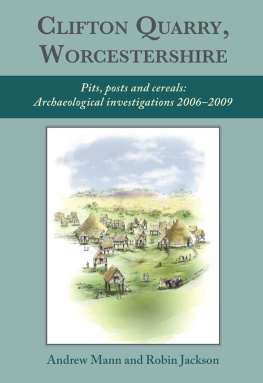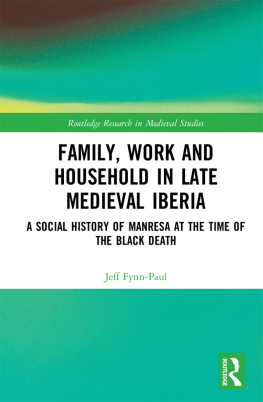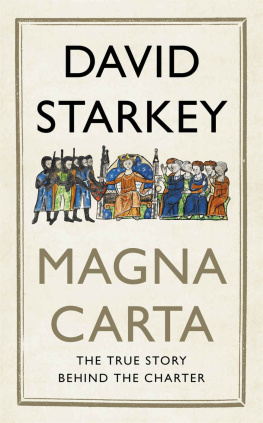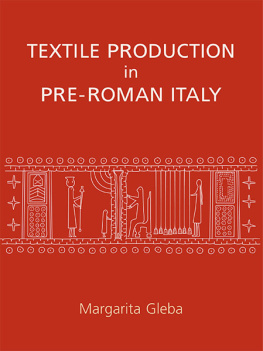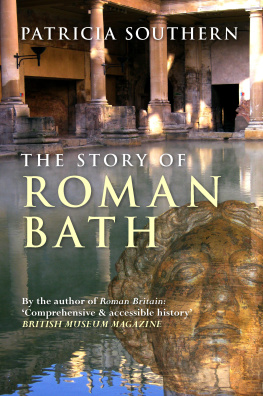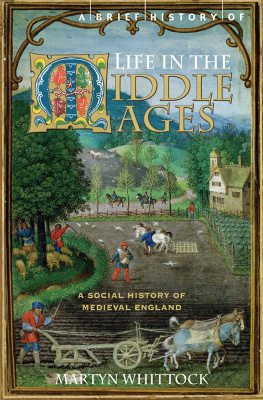Faversham in the Making
The Early Years: The Ice Ages until AD 1550
Patricia Reid
with contributions from
Michael Frohnsdorff and Duncan Harrington
This book is dedicated to all the members of FSARG (the Faversham Society Archaeological Research Group) whose dedicated and skilful work has made much of this book possible.
Logo derived from an Early English Delft tin-glazed carinated dish found in Tanners St in 2005.
Windgather Press is an imprint of Oxbow Books
Published in the United Kingdom in 2018 by
OXBOW BOOKS
The Old Music Hall, 106-108 Cowley Road, Oxford, OX4 1JE
and in the United States by
OXBOW BOOKS
1950 Lawrence Road, Havertown, PA 19083
Windgather Press and Patricia Reid 2018
Paperback Edition: ISBN 978-1-911188-35-3
Digital Edition: ISBN 978-1-911188-36-0 (epub)
Kindle Edition: ISBN 978-1-911188-37-7 (mobi)
A CIP record for this book is available from the British Library
All rights reserved. No part of this book may be reproduced or transmitted in any form or by any means, electronic or mechanical including photocopying, recording or by any information storage and retrieval system, without permission from the publisher in writing.
For a complete list of Windgather titles, please contact:
United Kingdom
OXBOW BOOKS
Telephone (01865) 241249
Fax (01865) 794449
Email:
www.oxbowbooks.com
United States of America
OXBOW BOOKS
Telephone (800) 791-9354
Fax (610) 853-9146
Email:
www.casemateacademic.com/oxbow
Oxbow Books is part of the Casemate group
Cover illustrations: front: The view from the west door of Davington Parish Church, formerly Davington Priory; back: Left: Favershams Nautical Festival in 2012, its first year. Right: Looking across Faversham Creek up to the town, the Town Warehouse ( c . 1450) in the foreground, the churchtower in the background.
Contributors
Patricia Reid, Ph.D, has worked in community archaeology for the last 23 years and in 2004 founded the Faversham Society Archaeological Research Group (FSARG). She has written numerous reports on the archaeological projects undertaken by FSARG in Faversham which are available on the FSARG website www.community-archaeology.org.uk . She has also contributed articles to Faversham local newspapers. Articles on community archaeology have been published in several publications such as Current Archaeology and London Archaeology.
Duncan Harrington is both a Fellow of the Society of Antiquaries and the Society of Genealogists, and President of the Kent Family History Society. He is a free-lance research historian and compiles the Kent Records, New Series, for the Kent Archaeological Society. With the late Patricia Hyde, he produced several important books on the history of Faversham including Faversham Oyster Fishery and The Early Town Books of Faversham . He is currently engaged in publishing the Faversham Abbey Leiger Book.
Michael Frohnsdorff, M.A. (Cantab.), has carried out a considerable amount of research into medieval Faversham, with special attention paid to the history of the Maison Dieu, Ospringe. Michael has researched, lectured, and published on Saxon as well as medieval Faversham and translated the Abbey Charters for publication.
Acknowledgements

The great majority of the photographs in the book were taken by members of the Faversham Society Archaeological Research Group (FSARG), especially by Jim Reid. Elsewhere, I am particularly indebted to the following for permission to use their copyright material: The Faversham Society; The Kent Archaeological Society for permission to use material from Archaeologia Cantiana; Karl-Ernst Behre of the Lower Saxony Institute for Historical Coastal Research, Wilhelmshaven for use of his indispensable sea level change graph for the Southern North Sea; Department of the Environment for the use of LIDAR: Dr Brian Philp for permission to use material from his account of the Faversham Excavations 1965; The Geological Survey for use of the Faversham area geological map; Historic England for permission to photograph artefacts at the Maison Dieu, Ospringe; St Mary of Charity, Faversham, for permission to photograph aspects of the interior and to the Faversham Camera Club for helping with the photography; Maureen Wickham of FSARG for immaculate original diagrams: Irene Andrews for the photograph of the Argosy site.
I am very grateful to the many people who have offered contributions, advice and help, but any errors are entirely mine as editor.
Acronyms and abbreviations used in text
| Arch. Cant. | Archaeologia Cantiana |
| ASC | Anglo Saxon Chronicle |
| BL | British Library |
| CAT | Canterbury Archaeological Trust |
| CCA | Canterbury Cathedral Archives |
| CPL | Calendar of Papal Letters |
| CPR | Calendar of Patent Rolls |
| DNA | Deoxyribonucleic Acid |
| FGW | FSARG website: www.community-archaeology.org.uk |
| FSARG | Faversham Society Archaeological Research Group |
| KAFS | Kent Archaeological Field School |
| KAS | Kent Archaeological Society |
| KCC HER | Kent County Council Historic and Environment Record |
| KCC SMR | Kent County Council Sites and Monuments Record (replaced by HER) |
| KHLC | Kent History & Library Centre |
| KHTS | Kent Historic Towns Survey (2003) |
| LIDAR | Light Detecting and Ranging |
| LTR | London Topographical Record |
| PAS | Portable Antiquities Scheme |
| SSARG | Sittingbourne Society Archaeological Research Group |
| SWAT | Swale and Thames Survey Company |
| TNA | The National Archive |
| VCH | Victoria County History |
Foreword
The great historic cities of England such as London, York and Winchester deservedly receive much attention from high-powered historians and archaeologists. Small towns keep a much lower profile, their stories attended to usually by local societies. Nowadays, although professional archaeological units visit to record findings from development sites, they rarely communicate with local communities, and information remains fragmentary. Yet these small towns can be very ancient indeed, with powerful and deep-rooted senses of identity.


